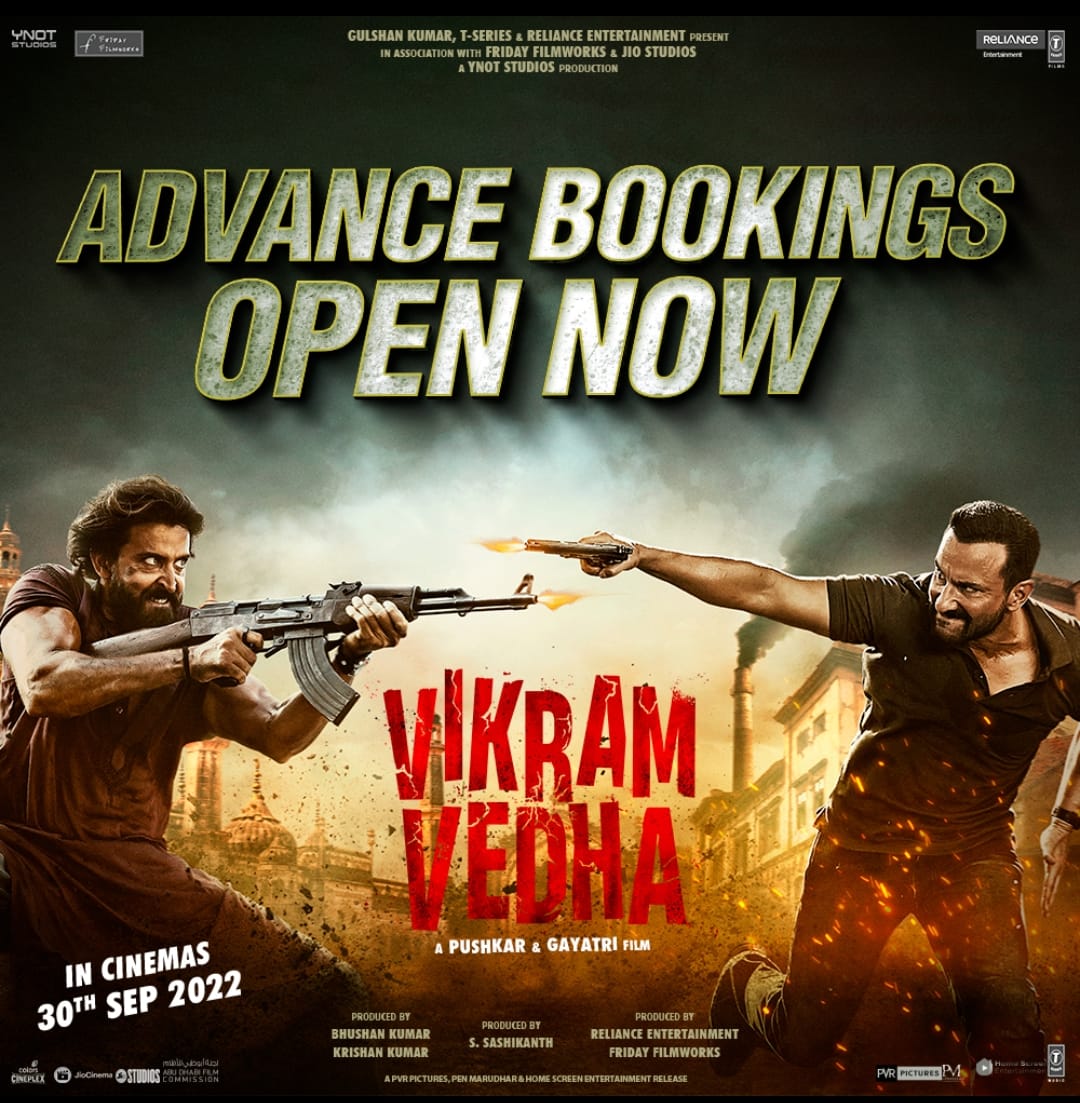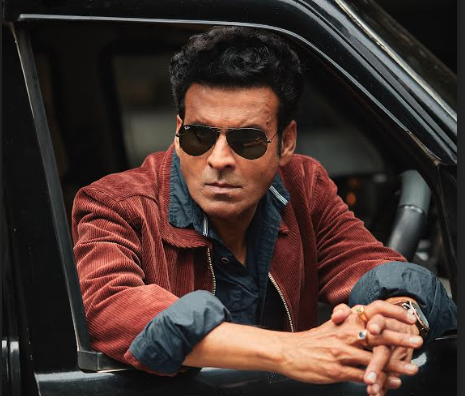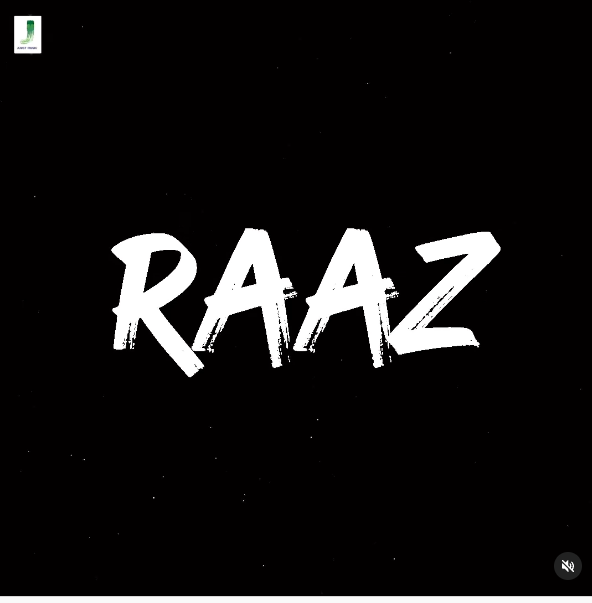Memesys Culture Labs launches Asia’s first platform for VR journalism. ElseVR Channel, the most disruptive idea in narrative non-fiction and journalism to emerge out of Asia, is finally here.
A platform for stories in Mixed Reality, ElseVR uses VR to grant the audience an entry ‘into’ the story. With three cutting edge VR documentaries launching in the first issue, ElseVR channel is the latest venture by Memesys Culture Labs, founded by filmmaker Anand Gandhi.
“The ability and the desire to transmit know how, intention, and insight to others around us have co-evolved with humanity itself,” says Anand Gandhi. “Mixed reality is a huge milestone in that human project of record keeping, perspective sharing, empathizing, and merging with the ‘other’, a project that began with the first cave painting, or even earlier.”
Khushboo Ranka, co-director of the acclaimed political drama, An Insignificant Man, is the Editor-in-Chief and Shubhangi Swarup, a journalist, is the Executive Editor of ElseVR channel. Published online, each story is an in-depth collaboration between formidable filmmakers, writers, and designers to amplify the power of narrative.
Our first issue features stories by acclaimed filmmakers and writers – Anand Patwardhan, Khushboo Ranka, Faiza Khan, Aruna Chandrasekhar, Shubhangi Swarup, Naomi Shah and Nishtha Jain.M
“VR presents an exciting opportunity and challenge in journalism. It expands the canvas to placing another world around you. But as practitioners and first movers, we are literally inventing the language with every shot, every cut, every choice we make in constructing these films. It’s a new world and we’re surprised by it every day,” says Khushboo, about the emerging medium.
At the centre of each story is an active voice. An Adivasi. A feminist. A Dalit activist. A flood victim. All confronting and challenging the dominant paradigm of development, patriarchy, and caste. “The stories in our inaugural issue make it possible for the viewer to stand at the edge of a coal mine and experience the umbilical attachment an Adivasi feels towards her land,” says Shubhangi Swarup, Executive Editor of ElseVR. “Another story allows us to join a group of female activists as they try, persistently, to exercise their legal right to enter a temple. Yet another one lets us witness the spontaneous uprising that occurred in Gujarat, to protest against the violence of gau rakshaks. The complexity of each story is reflected in our use of various mediums, but the courage of each subject comes through effortlessly.”
The magazine can be viewed for free on our app and website, elseVR.tv
1. When all land is lost, do we eat coal?
Korba – a district in Central India- is home to some of India’s largest coal mines, its densest forests and most vulnerable Adivasi communities. Mining over decades has left the land ravaged, the air and water severely polluted and the lives of its people, disrupted. Through the story of a Kanwar Adivasi woman who is set to lose her land and a local activist fighting for justice, the film comments on the present day development paradigm, where those who pay the price for development seldom benefit from it.
2. Caste is not a rumour
In India, the cow has gained prominence as a sacred animal after a Hindutva party came into power. Violence against Dalits and Muslims—traditional consumers of beef—has also increased proportionally. In July 2016, four Dalit men were attacked for doing their caste-based job—skinning a dead cow. The episode was recorded by the perpetrators and went viral on Whats App. The incident shocked civil society into action, prompting them to undertake a protest march across 400 kilometers to the original site of violence. The film enters the journey of the protesters and gives an immersive account of the felt injustice and visceral energy of a protest march.
3. Submerged
Every year during monsoons, the rivers flowing through Bihar submerge over 60 per cent of the state under water. Since the construction of a spate of dams and barrages across the state in the past few decades, the rivers have started to silt and the spill-over water washes away entire villages. Mostly without warning.
In July 2016, in the wake of rising water levels, panicking villagers cut away a portion of a mud dam, leading to a torrential burst of water that inundated hundreds of villages downstream. With houses and crops destroyed, the film moves through the submerged landscape of the people affected by the most devastating flood in Bihar since 2008. Repeated disasters leave people here to live with lower incomes perennially.
4. Right to Pray
A group of female activists combat the regressive patriarchy that bars their entry into the sanctum sanctorum of the temple of Trimbakeshwar, India. Challenging the notion of impurity of women and an archaic 450 year-old-tradition, they seek to exercise their right to pray, against the will of the system and the people.
ElseVR Channel, the most disruptive idea in narrative non-fiction and journalism to emerge out of Asia, is finally here. A platform for stories in Mixed Reality, ElseVR uses VR to grant the audience an entry ‘into’ the story. With three cutting edge VR documentaries launching in the first issue, ElseVR channel is the latest venture by Memesys Culture Labs, founded by filmmaker Anand Gandhi.
“The ability and the desire to transmit know how, intention, and insight to others around us have co-evolved with humanity itself,” says Anand Gandhi. “Mixed reality is a huge milestone in that human project of record keeping, perspective sharing, empathising, and merging with the ‘other’, a project that began with the first cave painting, or even earlier.”
Khushboo Ranka, co-director of the acclaimed political drama, An Insignificant Man, is the Editor-in-Chief and Shubhangi Swarup, a journalist, is the Executive Editor of ElseVR channel. Published online, each story is an in-depth collaboration between formidable filmmakers, writers, and designers to amplify the power of narrative.
Our first issue features stories by acclaimed filmmakers and writers – Anand Patwardhan, Khushboo Ranka, Faiza Khan, Aruna Chandrasekhar, Shubhangi Swarup, Naomi Shah and Nishtha Jain.
“VR presents an exciting opportunity and challenge in journalism. It expands the canvas to placing another world around you. But as practitioners and first movers, we are literally inventing the language with every shot, every cut, every choice we make in constructing these films. It’s a new world and we’re surprised by it every day,” says Khushboo, about the emerging medium.
At the centre of each story is an active voice. An Adivasi. A feminist. A Dalit activist. A flood victim. All confronting and challenging the dominant paradigm of development, patriarchy, and caste. “The stories in our inaugural issue make it possible for the viewer to stand at the edge of a coal mine and experience the umbilical attachment an Adivasi feels towards her land,” says Shubhangi Swarup, Executive Editor of ElseVR. “Another story allows us to join a group of female activists as they try, persistently, to exercise their legal right to enter a temple. Yet another one lets us witness the spontaneous uprising that occurred in Gujarat, to protest against the violence of gau rakshaks. The complexity of each story is reflected in our use of various mediums, but the courage of each subject comes through effortlessly.”


 News Wire1 month ago
News Wire1 month ago
 News Wire2 months ago
News Wire2 months ago
 News Wire2 months ago
News Wire2 months ago
 News Wire1 month ago
News Wire1 month ago
 News Wire1 month ago
News Wire1 month ago
 News Wire1 month ago
News Wire1 month ago
 News Wire1 month ago
News Wire1 month ago
 News Wire1 month ago
News Wire1 month ago












You must be logged in to post a comment Login
You must log in to post a comment.